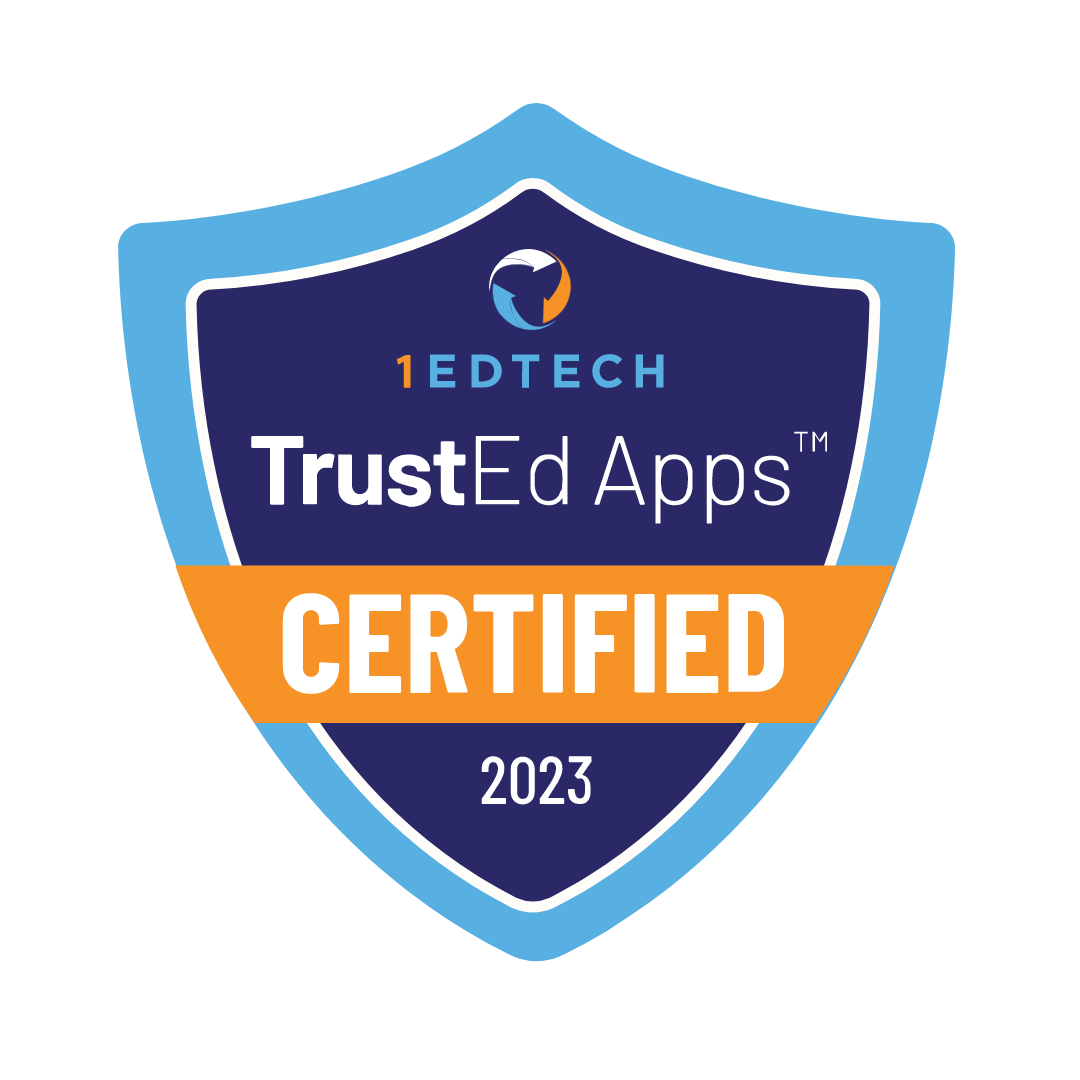Contents
- 1 How Does a Virtual School Work?
- 2 Benefits and Drawbacks of K-12 Virtual School
- 3 How Much Does a K-12 Virtual School Cost?
- 4 How to Enroll in a K-12 Virtual School?
- 5 How to Choose the Best K-12 Virtual School?
- 6 What Should Parents Consider When Their Child is Enrolled in a K-12 Virtual School?
- 7 Why Choose Legacy Online School?
- 8 Conclusion
K-12 virtual schools became popular among students due to flexibility. Students learn anywhere and at any time. Personalized curriculum balances student’s needs along with academic and personal commitments.

K-12 virtual school is an institution providing students with complete education from kindergarten through grade 12 in online mode. Students attend virtual classes, complete assignments, and communicate with teachers through online tools. We’ll explain how this format works in detail.
How Does a Virtual School Work?
Students in K-12 online virtual schools have the option to choose their learning pace and curriculum. Each student has an individual schedule based on learning style, needs, and goals.
Virtual schools provide options of having live classes, pre-recorded courses or one-to-one lessons. These schools, unlike traditional schools, base all learning on multimedia materials, making the process highly interactive.
Learning is conducted through interactive platforms like Canvas. These platforms give great opportunities for interactive content such as quizzes, puzzles, virtual labs, and game learning. Research “Effects of digital game-based STEM education on students’ learning achievement: a meta-analysis” revealed interactive platforms contribute to improved learning outcomes.
Virtual schools incorporate regular assessments and student’s progress monitoring. Parents and teachers track the progress of students at any time. Interaction among the students with each other developing through virtual forums, group projects, and clubs.
Virtual schools are highly flexible with various learners such as students with special needs or gifted students.

Benefits and Drawbacks of K-12 Virtual School
K-12 online education offers flexibility and personalized learning but has its challenges. These challenges include limited social interaction, potential distractions at home, and the need for self-discipline.
We reviewed the key advantages and disadvantages of virtual schools in the article “K-12 Online Schools: Exploring the Benefits and Challenges”. This article helps parents and students make informed decisions about online learning.

How Much Does a K-12 Virtual School Cost?
Costs for attending a K-12 virtual school vary by the program, state of residence, and additional services offered. Costs depend on tuition fees, technology and materials fees.
Tuition fees refer to the base cost parents pay for enrolling their child in an online school. These fees vary depending on the type of school:
- Public virtual schools are tuition-free because they are funded by state governments. Parents visit their state’s department of education website to find tuition-free virtual schools
- Private virtual schools charge tuition. This tuition ranges from $2,000 to $10,000+ per year. Parents use Private School Review to compare costs across various private online schools
- Some charter virtual schools are free, while others have a fee. They offer more specialized programs compared to public schools. Parents check with local or state educational boards for specific details on available programs
Parents budget technology needs such as computers and internet services. Extracurricular activities like clubs, sports, music, and art are sometimes included in tuition but may have extra costs.
We offer you several articles on topic, which help to decide what options are best for your budget. Learn more in “The Comprehensive Guide to the Cost of Online Elementary School” about elementary school’s costs. Study pricing in Legacy Online School as an example of a fully accredited virtual school. Check the overview of the costs of online homeschooling and learning in the articles, “How Much Does Online Homeschooling Cost?” and “The Real Cost of Online Schooling: What You Need to Know”.
How to Enroll in a K-12 Virtual School?

K-12 virtual schools are joined through an application process. The required documents for virtual school typically include birth certificate, previous school records, proof of residency, and immunization records.
Public and private schools have different enrollment options and requirements. Some schools include placement tests to offer students the courses best suited for them to start.
We explored the enrollment process to K-12 virtual schools in the article “How to Enroll in K-12 Online School?”.
Legacy Online School’s enrollment process has only five easy steps:
- Discuss the application process and learn about Legacy Online School.
- Submit the online form with your child’s details.
- Legacy Online School reviews your child’s application and makes a decision.
- Accepted students go through an onboarding process.
- Your child starts their classes and engages with peers.
How to Choose the Best K-12 Virtual School?

Parents find it challenging to choose the best virtual school for their children. Here are useful questions parents ask to make a decision:
- Is it an accredited online school?
- What type of curriculum does the school use?
- What are the qualifications of teachers / staff?
- What kind of students’ services are available?
Read our article, “How to Choose the Best K-12 Online School for Your Child”, covering all the critical factors to make a decision.
What Should Parents Consider When Their Child is Enrolled in a K-12 Virtual School?
Parents take an active part in the student’s academics. A regular daily routine, communication with the teacher, and keeping students engaged in lessons, are essential for parents during learning in virtual school.
They create a productive space for online education. This space is quiet and equipped with school supplies. The supplies include a laptop, writing materials.
Parents keep track of student’s progress, help with time management, and encourage extracurricular activities.
Parents guide students to manage stress and anxiety common in online learning. Stress and anxiety include worries about grades, feeling disconnected, and struggles with using online platforms and tools.
Read the article “The Role of Parents in K-12 Online Learning” for specific details on how to support your child with virtual learning.
Why Choose Legacy Online School?

Legacy Online School offers an accredited curriculum for elementary, middle, and high school. Legacy Online School’s curriculum covers core subjects. These subjects include Language Arts, Math, Science, and Social Studies. Students choose electives like Spanish and Art. This curriculum includes live teaching in small groups for personalized attention.
Legacy Online School provides a STEM-focused curriculum, preparing students for future careers. The program focuses on critical thinking, problem-solving, and hands-on learning. For more information, visit Legacy Online School’s STEM Curriculum.
Legacy Online School uses virtual labs, simulations, and collaborative projects to give students hands-on experience in STEM disciplines. This interactive approach helps students understand theoretical concepts and apply them in real-life situations.
Legacy Online School offers various tuition plans. These plans include group learning, self-paced learning, and one-on-one live teaching. Prices start from $149 per month. Discounts are available for annual payments.
Conclusion
K-12 virtual schools grant students flexibility and personalized education. Key factors in choosing virtual school are accreditation, quality of curriculum, and students’ support. A good example is Legacy Online School, which balances academic success with a supportive and adaptive environment.











